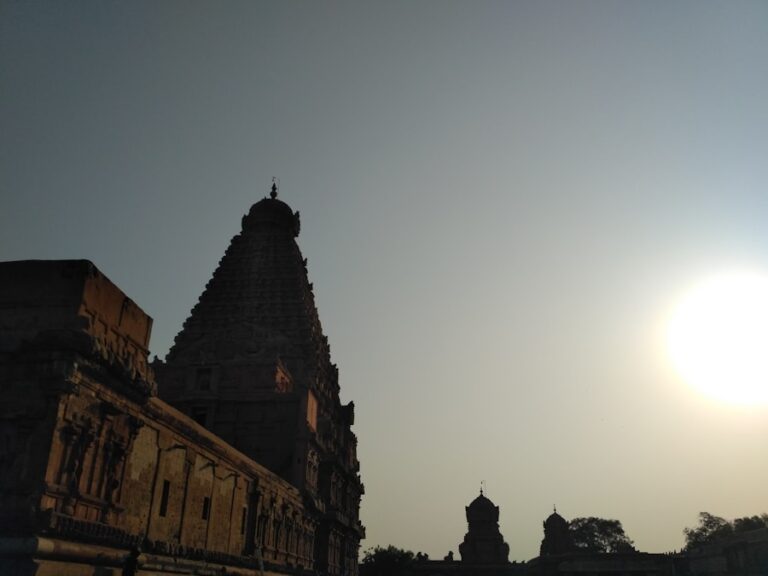Breaking Barriers: How Digital Art is Reshaping the Landscape of Traditional Art
Digital art has experienced a significant rise in popularity in recent years, thanks to advancements in technology and the increasing accessibility of digital tools. Artists are now able to create stunning works of art using digital mediums, such as graphic design software, digital painting programs, and 3D modeling tools. This has opened up a whole new world of creative possibilities for artists, allowing them to experiment with new techniques and styles that were previously impossible with traditional art forms. The rise of digital art has also been fueled by the growing demand for digital content in the entertainment, advertising, and gaming industries, as well as the rise of social media platforms as a means of sharing and promoting artwork.
The digital art movement has also been embraced by a new generation of artists who have grown up in a digital age and are comfortable using technology as a means of creative expression. This has led to a surge in the number of digital art communities and online platforms where artists can share their work, collaborate with others, and gain exposure to a global audience. As a result, digital art has become more accessible and inclusive, breaking down traditional barriers to entry in the art world and allowing artists from diverse backgrounds to showcase their talents on a level playing field.
Digital Tools and Techniques
Digital art is made possible by a wide range of digital tools and techniques that have revolutionized the way artists create and manipulate images. Graphic design software, such as Adobe Photoshop and Illustrator, allows artists to create and edit digital images with precision and flexibility. These programs offer a wide range of tools for drawing, painting, and manipulating images, as well as advanced features for working with typography and layout design. Digital painting programs, such as Corel Painter and Procreate, simulate the experience of traditional painting with the added benefits of unlimited layers, customizable brushes, and non-destructive editing. 3D modeling tools, such as Blender and Autodesk Maya, enable artists to create three-dimensional objects and environments with incredible detail and realism.
In addition to these software tools, digital artists also utilize hardware such as graphics tablets and pen displays to create their work. These devices allow artists to draw directly onto a digital surface with pressure sensitivity and precision, mimicking the experience of traditional drawing and painting. The combination of these digital tools and techniques has expanded the possibilities for artistic expression, allowing artists to create intricate and immersive works of art that were previously impossible with traditional mediums.
Accessibility and Inclusivity in Art
One of the most significant impacts of digital art is its ability to make art more accessible and inclusive to a wider audience. Digital art has broken down traditional barriers to entry in the art world, allowing artists from diverse backgrounds to showcase their talents on a global stage. The rise of digital art communities and online platforms has provided a space for artists to share their work, collaborate with others, and gain exposure to a global audience. This has created opportunities for emerging artists to gain recognition and build a following without the need for traditional gatekeepers such as galleries or art institutions.
Digital art has also made it easier for artists to experiment with new techniques and styles, thanks to the wide range of digital tools and resources available. This has led to a more diverse and inclusive art landscape, with artists from different cultural backgrounds and experiences contributing to the global conversation. In addition, digital art has made it easier for artists with disabilities to create and share their work, thanks to the accessibility features built into digital tools and platforms. This has opened up new opportunities for artists with disabilities to participate in the art world and have their voices heard.
Impact on Traditional Art Markets
The rise of digital art has had a significant impact on traditional art markets, challenging long-standing norms and practices in the industry. Digital art has created new opportunities for artists to sell their work directly to collectors and buyers through online platforms, bypassing the need for traditional galleries or art dealers. This has led to a democratization of the art market, allowing emerging artists to gain recognition and build a following without the need for traditional gatekeepers. In addition, digital art has made it easier for collectors to discover and purchase artwork from artists around the world, thanks to the global reach of online platforms.
However, the rise of digital art has also raised questions about the value and authenticity of digital artwork in comparison to traditional mediums. Some critics argue that digital art lacks the physical presence and uniqueness of traditional artwork, leading to concerns about its long-term value and collectability. In addition, the ease of reproduction and distribution in the digital realm has raised questions about copyright infringement and intellectual property rights. These challenges have forced traditional art markets to adapt to the rise of digital art, leading to new models for selling and collecting digital artwork.
Digital Art in the Contemporary Art World
Digital art has become an integral part of the contemporary art world, with artists using digital mediums to create innovative and immersive works that push the boundaries of traditional art forms. Digital art has been embraced by museums, galleries, and art institutions as a means of engaging audiences with new forms of artistic expression. This has led to an increased presence of digital art in exhibitions, festivals, and public installations, showcasing the diversity and creativity of digital artists.
In addition, digital art has become an important tool for social commentary and activism, allowing artists to address pressing issues such as social justice, environmentalism, and identity politics. Digital artists are using their work to spark conversations about important social issues, reaching audiences around the world through online platforms and social media. This has led to a new wave of socially engaged digital art that challenges traditional notions of what art can be and how it can impact society.
Challenges and Criticisms of Digital Art
Despite its growing popularity, digital art faces several challenges and criticisms that have sparked debate within the art world. One of the main criticisms of digital art is its perceived lack of authenticity and physical presence compared to traditional mediums. Some critics argue that digital artwork lacks the tactile qualities and materiality that are inherent in traditional painting or sculpture, leading to concerns about its long-term value and collectability. In addition, the ease of reproduction and distribution in the digital realm has raised questions about copyright infringement and intellectual property rights, leading to legal challenges for artists working in digital mediums.
Another challenge facing digital art is the rapid pace of technological advancement, which can make older works obsolete as new software and hardware emerge. This raises questions about the preservation and conservation of digital artwork over time, as well as the long-term accessibility of digital files in an ever-changing technological landscape. These challenges have forced artists, collectors, and institutions to grapple with new models for creating, collecting, preserving, and exhibiting digital artwork.
The Future of Digital Art
The future of digital art is filled with exciting possibilities as technology continues to evolve and shape the way artists create and share their work. Advancements in virtual reality (VR) and augmented reality (AR) are opening up new frontiers for immersive artistic experiences that blur the lines between physical and digital realms. Artists are using VR and AR technologies to create interactive installations, virtual worlds, and mixed reality experiences that engage audiences in new ways.
In addition, artificial intelligence (AI) is becoming an increasingly important tool for artists working in digital mediums, allowing them to explore new forms of creativity and expression. AI-powered tools are being used to generate artwork, analyze data, and create interactive experiences that challenge traditional notions of authorship and creativity. This has led to a new wave of AI-generated artwork that raises questions about the role of technology in shaping artistic practice.
Overall, the future of digital art is bright as artists continue to push the boundaries of what is possible with technology as a means of creative expression. As technology continues to evolve, so too will the ways in which artists create, share, and engage with audiences through digital mediums. The rise of digital art has opened up new opportunities for artists from diverse backgrounds to showcase their talents on a global stage, challenging traditional norms in the art world and shaping the future of artistic practice.






